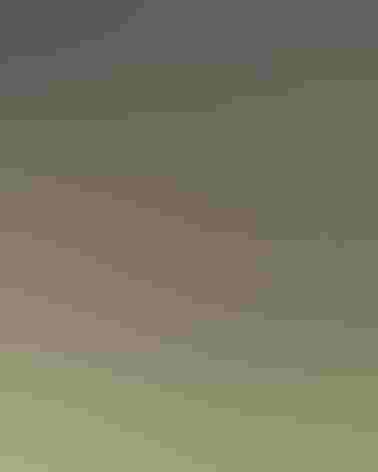Burrowing Owl
At a Glance
Cowboys sometimes called these owls 'howdy birds,' because they seemed to nod in greeting from the entrances to their burrows in prairie-dog towns. Colorful fiction once held that owls, prairie-dogs, and rattlesnakes would all live in the same burrow at once. A long-legged owl of open country, often active by day, the Burrowing Owl is popular with humans wherever it occurs, but it has become rare in many areas owing to loss of habitat.
All bird guide text and rangemaps adapted from Lives of North American Birds by Kenn Kaufman© 1996, used by permission of Houghton Mifflin Harcourt Publishing Company. All rights reserved.
Category
Owls
IUCN Status
Least Concern
Habitat
Coasts and Shorelines, Desert and Arid Habitats, Fields, Meadows, and Grasslands, Shrublands, Savannas, and Thickets, Urban and Suburban Habitats
Region
California, Florida, Great Lakes, Northwest, Plains, Rocky Mountains, Southeast, Southwest, Texas, Western Canada
Behavior
Direct Flight, Undulating
Population
18.000.000
Range & Identification
Migration & Range Maps
Birds in Florida and parts of southwest may be permanent residents, but northern birds migrate south, some reaching southern Mexico and Central America. Strays sometimes have wandered north from Florida or east from the Great Plains.
Description
Sexes similar — Length: 7.5-9.8 in (19-25 cm); wingspan 21.6 in (55 cm); weight: 5.2-5.5 oz (146-156 g). The Burrowing Owl is recognized by its long legs, barred underparts, terrestrial habits. Juveniles plainer below. See Short-eared Owl, also often on ground.
Size
About the size of a Robin
Color
Black, Brown, Tan, White, Yellow
Wing Shape
Long, Narrow
Tail Shape
Rounded, Short, Square-tipped
Songs and Calls
Liquid cackling; also a mellow coo-coooo, repeated twice.
Call Pattern
Flat
Call Type
Chatter, Chirp/Chip, Scream
Habitat
Open grassland, prairies, farmland, airfields. Favors areas of flat open ground with very short grass or bare soil. Prairie-dog towns once furnished much ideal habitat in west, but these are now scarce, and the owls are found on airports, golf courses, vacant lots, industrial parks, other open areas.
Sign up for Audubon's newsletter to learn more about birds like the Burrowing Owl
Behavior
Eggs
Typically 7-10 in west, 4-6 in Florida; can range from 3 to 12. Eggs white, becoming nest-stained. Incubation by female only, 28-30 days; male brings food for female during incubation.
Young
Female remains with young most of time at first; male brings food, and female feeds it to young. After 1-2 weeks, female begins hunting also. Young may leave nest at about 6 weeks or sometimes earlier, but not capable of strong flight at first. 1 brood per year, sometimes 2 in Florida.
Feeding Behavior
The Burrowing Owl hunts mostly at dusk and at night, but does much hunting by day during breeding season. Hunts by a variety of methods, including swooping down from a perch, hovering over fields, or running along ground, then clutching prey in its talons. May catch flying insects in the air.
Diet
Mostly insects and small mammals. Diet varies with season and location. In summer in many areas, eats mostly large insects, including grasshoppers, beetles, crickets, moths, caterpillars; also scorpions, centipedes, other arthropods. For much of year, may feed mostly on small mammals (such as voles, mice, ground squirrels), some small birds. May eat many frogs, toads, lizards, and snakes, perhaps especially in Florida.
Nesting
Burrowing Owls in courtship may repeatedly fly up, hover, and descend. On ground near nest burrow, male feeds female; members of pair nibble at each other's bills and preen each other's feathers. Nest site is in burrow in ground, in area surrounded by bare soil or short grass. Florida birds usually dig their own burrows, but those in west usually use old burrow left by prairie-dogs, ground squirrels, kangaroo rats, armadillos, or other animals. Burrows excavated by the owls may be up to 6-10 ft long, with nest in chamber at end. May line burrow entrance and nest chamber with cow manure, but no real nest built.
Conservation
Conservation Status
The Burrowing Owl has been declining for many years, owing to prairie dog and ground squirrel control programs, also habitat loss, accidental mortality (many are killed by cars). Now considered endangered or threatened in some areas.
Climate Threats Facing the Burrowing Owl
Choose a temperature scenario below to see which threats will affect this species as warming increases. The same climate change-driven threats that put birds at risk will affect other wildlife and people, too.


















